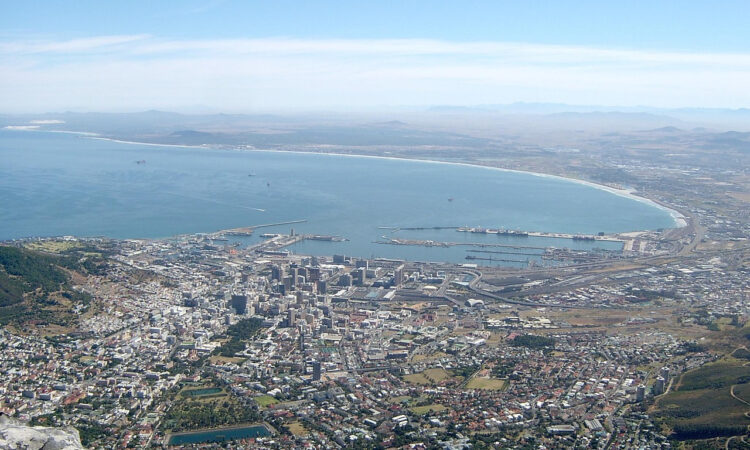South Africa’s Department of Transport has released a draft strategy proposing mandatory registration of all drones, risk-based regulation and categorisation, and the creation of dedicated drone corridors.
The draft Airfreight Strategy for South Africa 2025 considers whether drones should be regarded as another participant in the civil aviation framework that needs to comply with the organisation and rules of that framework or whether it is sufficiently “special” that it warrants a separate framework. “Issues to resolve include organisation, use and control of airspace, and licensing and regulation of aircraft, aviators and operations,” the document states. “The current situation is that the traditional civil aviation role players are inclined to want to integrate drone operations into the existing framework, while the drone industry aspires to a more moderated treatment of drones.”
South Africa lags behind some of its neighbours in terms of drone operations, and detection and integration with the current ATM/communications, navigation and surveillance systems have not yet been established. “Accommodation of drones within the National Airspace, in terms of flexible use of airspace, is a lengthy process and could lead to non-compliance with the regulations,” the Department of Transport says in the draft strategy. “There is also no clear policy position on the use of an unmanned aircraft system (UAS)/Unmanned Traffic Management (UTM) framework and establishment.”
The document emphasises the need for a comprehensive drone ecosystem based on a risk categorisation approach. “Drones’ access to controlled airspace needs to be managed, probably through remote identification/tracking and automated airspace exclusion, supported by a digital application and implementing UTM. The components of the ecosystem applicable to a specific operation would depend on its risk category.”
The Department of Transport proposes defining and establishing drone corridors. “Ways must be explored to simplify and accelerate (commoditise) the establishment of drone corridors. This must not be a significant barrier to entry. It is onerous for an individual operator to obtain back-to-back landowner approval for a particular corridor, and operations must thus be at sufficient altitude to allay concerns about privacy and noise. Individual operators can apply to have corridors designated (demand-driven), or corridors can be established on a supply-driven basis.”
Further, the draft strategy recommends that drone ‘highways’ should be considered on routes that connect major economic hubs. “Corridors must ideally be public good facilities with open access, avoiding a spaghetti of single-user corridors,” the strategy notes. “The right to operate in a corridor must be certificated based on the risk of the operation, as well as the operating condition of the corridor (density, use pattern, etc.). Ways of simplifying and accelerating operational certification must be explored. Corridor ‘rules-of-the-air’ must be developed specifically for drones. Traffic control in the corridors has to change from normal ATCs to allow for denser aircraft operations with high manoeuvrability and autonomous avoidance capability. ATC will be more automated/digitised, with fewer (or no) humans involved.”
The Department of Transport says that the existing air navigation services provider, Air Traffic and Navigation Services South Africa (ATNS), will have to expand its capabilities to be a UTM manager. “High-use corridor/s may warrant introducing an independent UTM Service Supplier. A ringfenced or dedicated UTM management arrangement will provide a platform to establish a self-sustaining business based on user charging.”
Regarding oversight of the drone framework, the current policy framework determines that the country’s Civil Aviation Authority (SACAA) should remain responsible for the regulation of civilian drones within a well-defined regulatory framework. However, the Department of Transport notes in the strategy document that SACAA’s capacity should be “enhanced to oversee the overall drone ecosystem and address the somewhat laissez-faire situation that currently prevails”.
For more information




